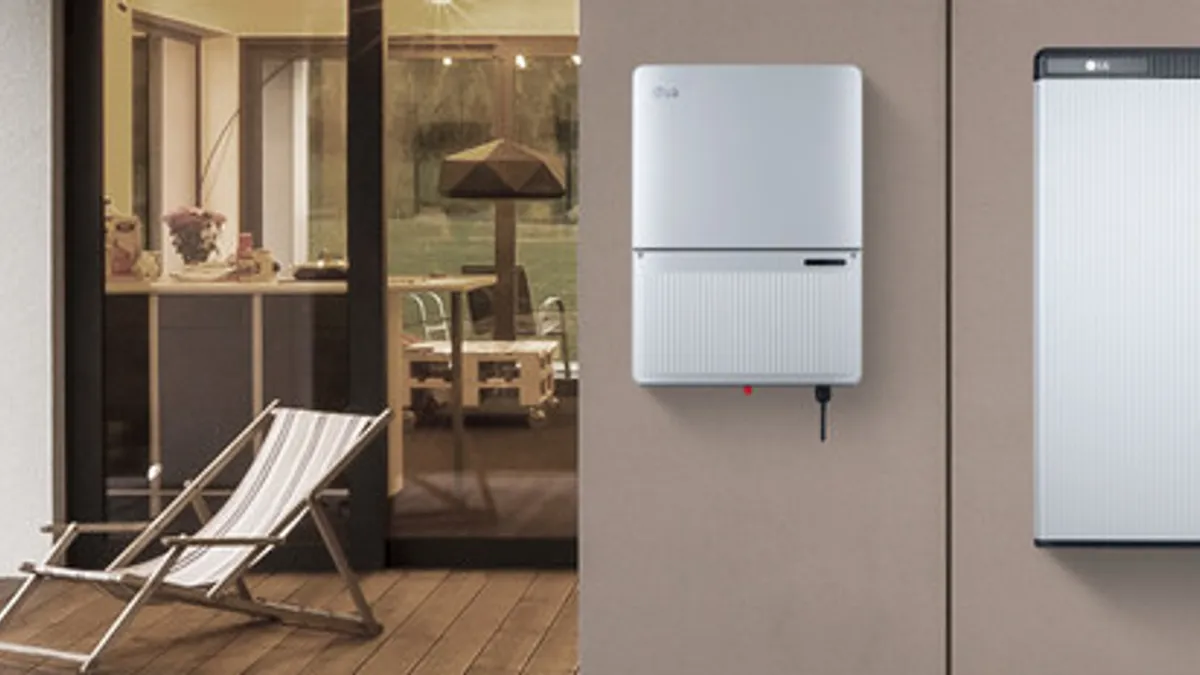Dive Brief:
- LG rolled out new battery products at the 2018 Solar Power International Conference this week in California: a 5 kW AC-coupled system for homes where solar panels are already installed and a 7.6 kW DC-coupled system for new installations.
- New data released earlier this month revealed a booming residential energy storage market, and the announcement by LG is a sign that homeowners' growing interest in batteries is attracting new players to the space.
- There is significant interest in both residential and utility-scale storage, but recently the stronger growth has been with home projects.
Dive Insight:
From 2016 to 2017, in terms of MWh, residential storage projects showed an impressive growth rate of 317%, compared with 105% in the non-residential sector and 89% growth in utility storage, according to the 2018 Utility Energy Storage Market Snapshot, released by the Smart Electric Power Alliance (SEPA) in August.
Further evidence of the residential sector's growing prominence in energy storage came earlier this month when the Energy Storage Association (ESA) and Wood Mackenzie Power & Renewables concluded there were more home energy storage installations in the second quarter of 2018 than front-of-the-meter installations — a first for the industry.
LG says its entrance into the residential storage market will complement its solar panel production. The company's battery systems include a "smart energy management" function to store excess solar from a home's rooftop panels to use at later hours, reducing a home's reliance on the electric grid.
The company says its battery systems can each store up to four hours of energy, and the systems can be scaled up by pairing them with expandable battery packs that are covered by a 10-year warranty.
Aided by residential deployments, WoodMack and ESA data show the energy storage sector on track to reach an estimated 393 MW / 774 MWh of deployments for 2018 and a total of 3,890 MW / 11,700 MWh by 2023.















